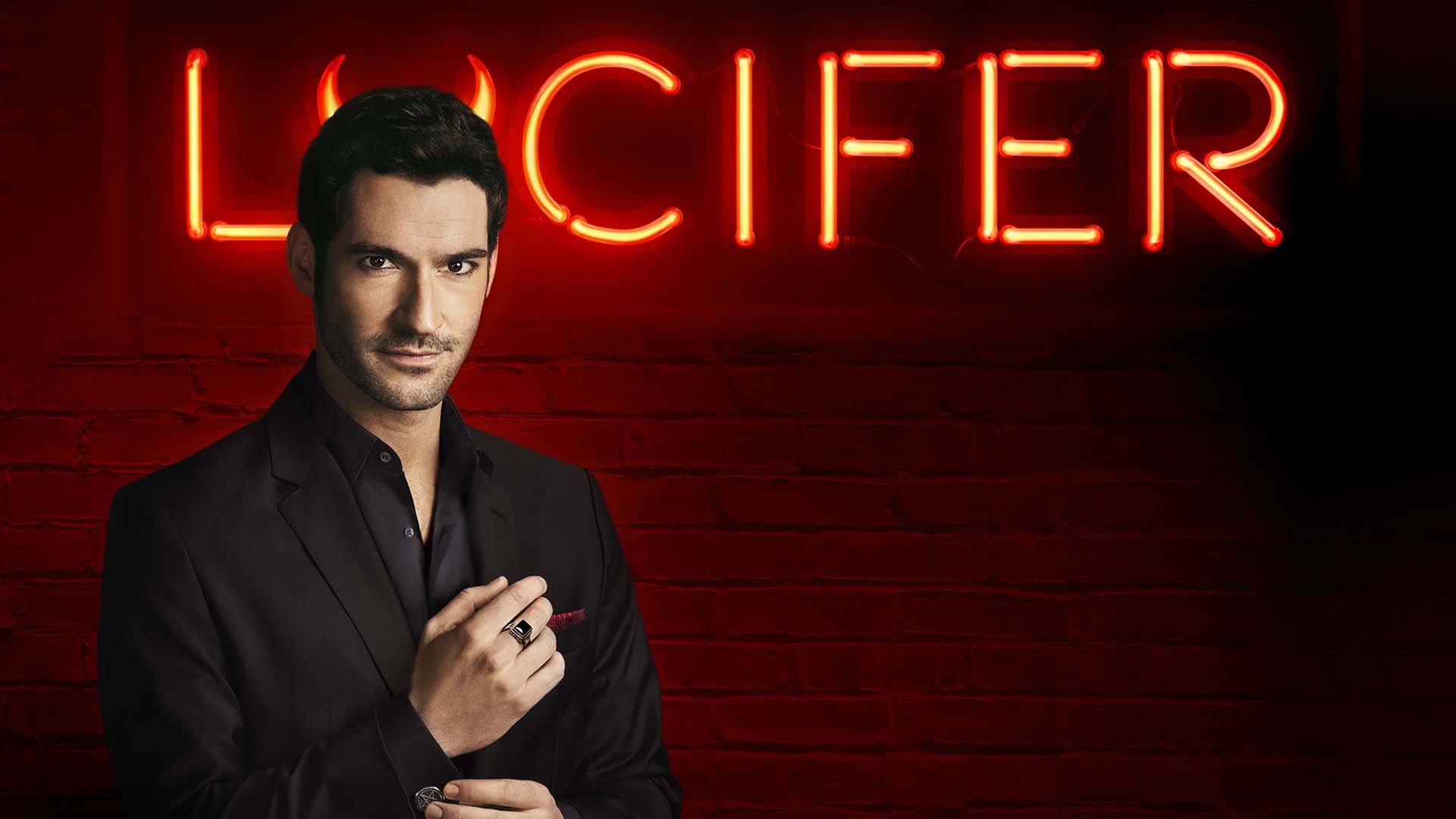We're in lockdown - sorry, maybe you weren't aware? Well, we are. And everyone is watching TV. I've scrolled through my notes to see what's been keeping me entertained on the small screen.
- Fisk (ABC) - Written and starring Kitty Flanagan, this show is light-hearted and fun, even though it is set in a law firm specialising in wills and probate, and the main character is Helen Tudor-Fisk, a woman whose career and marriage has fallen apart. The writing is smart and there are featured roles for a number of favourite Aussie comedians (Marty Sheargold; Julia Zemiro; Aaron Chen), with cameo appearances by many others (Ed Kavalee; Sam Pang; Dave O'Neil). It's a total contrast to the dark, gritty drama I tend towards, and I enjoy it greatly for the light relief. So far there is only one season of six episodes, but I hope there will be more.
- Handmaid's Tale, Season 4 (Hulu/ SBS On Demand) - The story continues to be as gripping and the production values as scrupulous as ever. June Osborne (Elisabeth Moss) makes it out of Gilead, but how does she cope in Canada? Can she reconnect with her past life? How does she make sense of the fact that people are literally dying to help her? Gilead still exists, and her daughter is still there, so what can she do about that? And will she ever forgive the Waterfords (Joseph Fiennes and Yvonne Strahovski) for what they did to her? So many questions - some of them are answered. It looks beautiful when it's at its most grim.
- Lucifer, Seasons 1 & 2 (Netflix) - Described as an American urban fantasy television series, it revolves around the story of Lucifer Morningstar (Tom Ellis), aka the Devil, who abandons Hell for a stint in Los Angeles where he runs a nightclub called Lux and becomes a consultant to the LADP. Yes, that's ridiculous and it is glib and flashy - apparently based on a character in the comic book series The Sandman. It has elements of comic book conversions about it - lots of sidekicks and pointless characters, most of whom are one-dimensional, with the possible exception of Lesley-Anne Brandt who plays Lucifer's ass-kicking demon ally, Mazikeen. It's worth watching for the way Tom Ellis delivers his narcissistic dialogue with such delight - he is one sexy little devil.
- National Treasure (Channel 4/ ABC iview) - The four-part 2016 British drama written by BAFTA-award-winning writer, Jack Thorne, is inspired by Operation Yewtree, a police operation begun in 2012 that resulted in the prosecution of a number of veteran TV performers. One such veteran TV performer is Paul Finchley, played by Robbie Coltrane, a once-successful comedian of the 1980s and early 1990s, now hosting a TV quiz show. When he is accused of raping several young women in the early 1990s, he fights to clear his name with the help of his former comedy partner and current star, Sir Karl Jenkins (Tim McInnery), while trying to explain his actions to his wife (Julie Walters) and daughter (Andrea Riseborough). It's unpleasant at times but very well written and acted.
- Tin Star, Season Three (Sky Atlantic/ SBS On Demand) - The wildly dysfunctional Worth family are back in Liverpool, making a list and checking it twice. I have really come to care for these characters over the past few series. Even if their actions are morally questionable (i.e. killing people is never a good thing), they are disarmingly charming, and no one does cheeky criminal banter quite like Tim Roth. But three season are enough, and judging from the unequivocal ending, I think we all know that.







